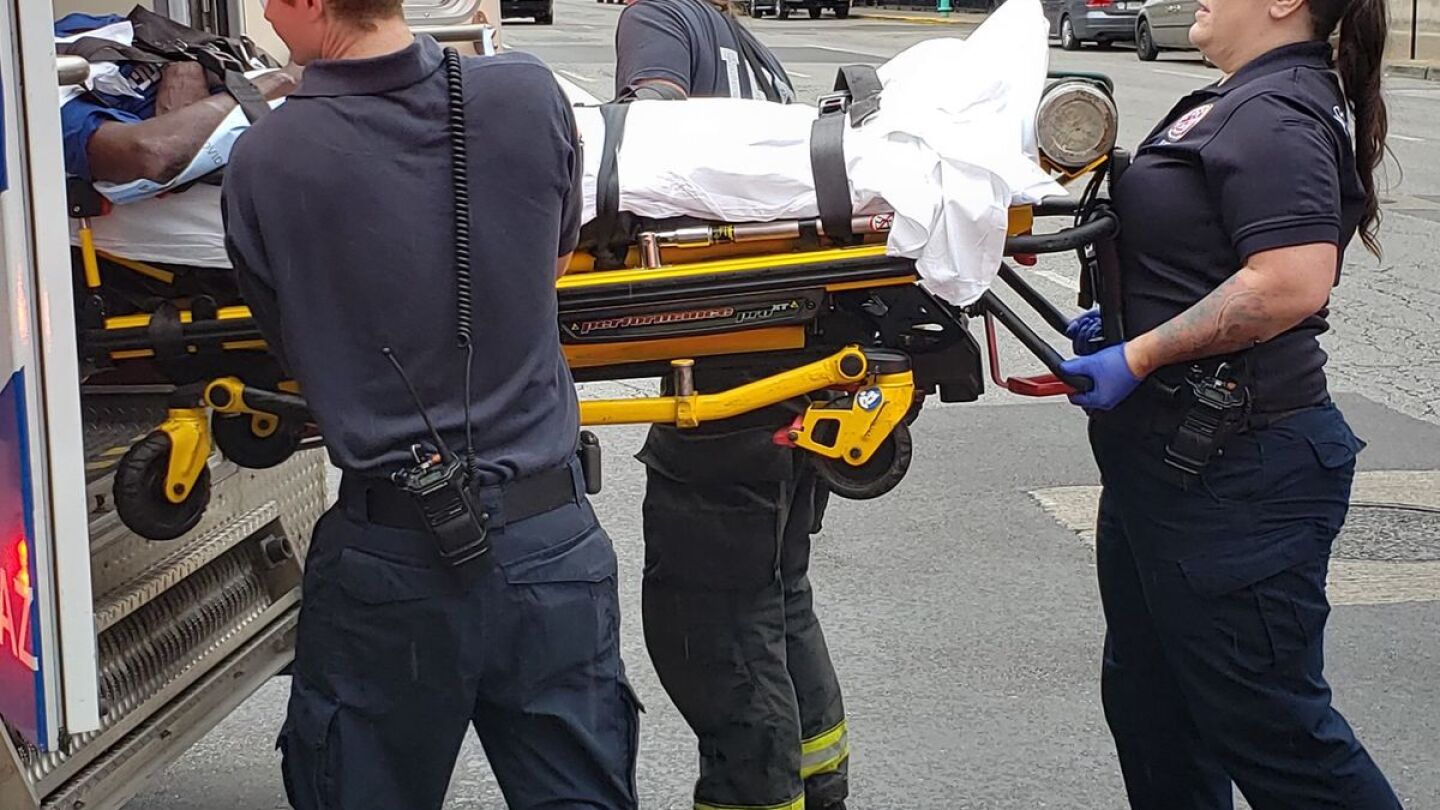Sepsis
Warning signs and a checklist for evaluating patients after a lift assist
Capnography and ETCO2 monitoring are critical for assessing ventilation, confirming airway placement and guiding resuscitation
Day 1 of the Wisconsin EMS Association conference featured sessions on sepsis, electrolyte imbalances, facial trauma and traumatic amputations
Allina Health started re-examining sepsis in 2014 after learning that the condition was three times more lethal than strokes and heart attacks
Harness a passion for care to identify improvement opportunities in clinical specialty areas and propose change
Jessica Holbrook’s family is campaigning to raise awareness of sepsis after Holbrook died five days after she had a sore throat and a cough
Tom Laumann was diagnosed with pneumonia with sepsis after suffering back spasms and a dry cough and became unable to breathe
A federal report found that care related to sepsis was the most common reason given for transfers of nursing home residents to hospitals
Decreasing mortality through recognizing, reporting, and treating sepsis in the field
Take our 5-minute quiz to find out how your assessment skills measure up
North Richland Hills Fire Department and Medical City North Hills created the Code Sepsis program to assess and treat sepsis with antibiotics en route to the hospital
EMS can be a major player in clinical medicine, operational delivery and healthcare changes, decreasing morbidity and mortality
The Sepsis Alliance lays out the basics of sepsis, including number of deaths each year and symptoms
EMS providers who can look beyond ketamine’s perception as a street or veterinary drug will find it is uniquely positioned to treat sepsis
Use simulation education to teach EMS providers to recognize and treat sepsis
Every additional hour it takes to give antibiotics and perform other key steps increases the odds of death by 4 percent
EMS educators can improve sepsis patient outcomes by ensuring EMTs and paramedics have knowledge appropriate and impactful training
Dr. Paul Marik administered intravenous vitamin C, mixed with a low dose of corticosteroids and thiamine
Use this information and the SEPSIS mnemonic to improve EMS recognition, assessment and treatment of pediatric sepsis
Lactate may be used to identify a common killer in the prehospital environment
Paramedics and EMTs are being trained to recognize sepsis early
Recognize the signs and symptoms of pneumonia and understand how capnography can be used to guide treatment for pneumonia and sepsis.
Because sepsis is a common patient presentation, it is important for EMTs and paramedics to learn and review its signs and symptoms
You were asked to assess and treat a 44-year-old woman who has been feeling weak and lethargic; did you make the right call?
You are dispatched to a bank for a woman who is weak and lethargic.
Here’s how EMS recognition and initiation of interventions can lower sepsis mortality
New research found that paramedics can use a simple breath measurement to identify potential cases of sepsis
Understand the origins of sepsis criteria and what the new sepsis definitions mean for EMS assessment and treatment of septic patients



















